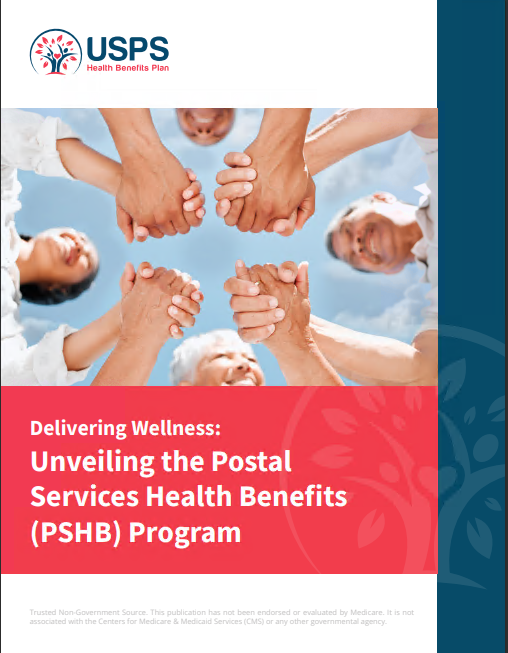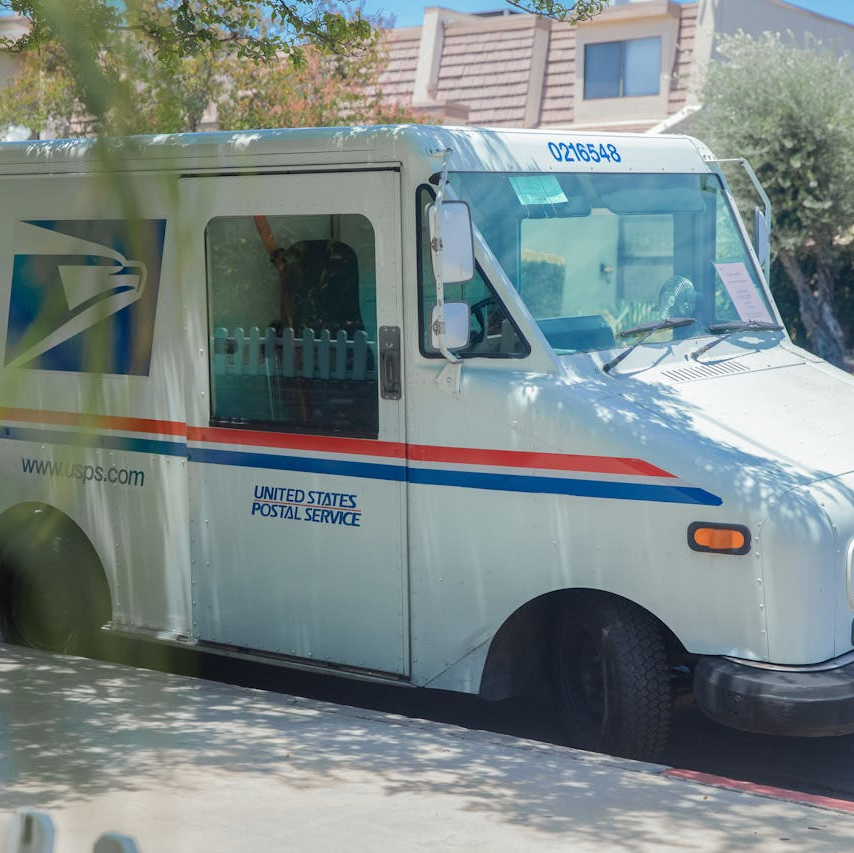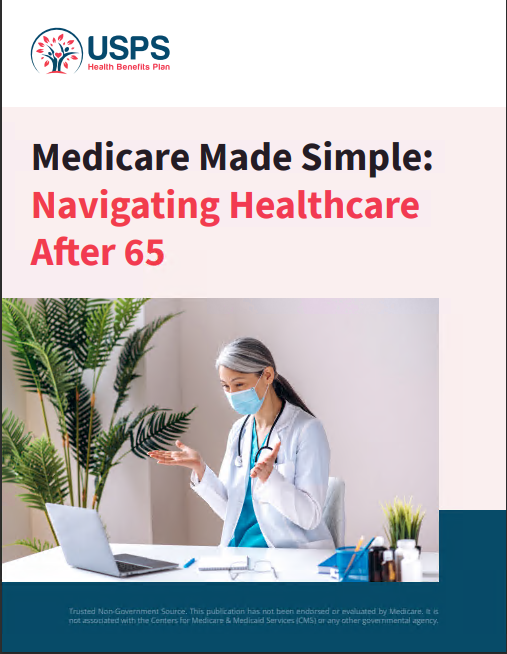Key Takeaways
-
Being a retired Postal Service employee does not automatically guarantee enrollment in the PSHB Program. Specific eligibility requirements must be met.
-
Failing to understand Medicare Part B enrollment requirements or missing key deadlines can result in loss of PSHB coverage or limited options for re-entry.
A Closer Look at What You Might Be Overlooking
Many retirees assume that the Postal Service Health Benefits (PSHB) Program will simply continue their coverage without interruption. But in 2025, the reality is more nuanced. As the PSHB program fully replaces the Federal Employees Health Benefits (FEHB) system for Postal Service employees and retirees, the shift has introduced new rules that not everyone fully understands.
If you’re a Postal retiree or planning to retire soon, here’s what you need to know before it’s too late.
The PSHB Transition: What Actually Changed in 2025
The PSHB Program took effect on January 1, 2025, as mandated by the Postal Service Reform Act. While it mirrors the structure of FEHB in many ways, it is entirely separate, with its own rules for eligibility, enrollment, and coordination with Medicare.
Here are the key structural changes:
-
PSHB plans are only available to USPS employees, retirees, and their eligible family members.
-
Medicare-eligible annuitants are required to enroll in Medicare Part B to maintain PSHB coverage, unless they fall under a specific exemption.
-
PSHB includes enhanced integration with Medicare, such as reduced out-of-pocket costs for those with both PSHB and Part B.
Eligibility Isn’t Automatic Just Because You Retired from USPS
This is the critical mistake some retirees are making: assuming their prior USPS employment guarantees them a slot in PSHB. In fact, you must meet specific criteria to be eligible.
Eligibility depends on the following:
-
You must be an annuitant (receiving a retirement annuity) from the Postal Service.
-
You must have been enrolled in an FEHB plan as of the day before retirement.
-
You must maintain enrollment in PSHB by selecting a plan during Open Season or due to a qualifying life event.
-
If you are Medicare-eligible, you must be enrolled in Medicare Part B unless you qualify for an exception.
Retirees who delay enrolling in Part B or opt out entirely may lose access to their PSHB plan or face much higher costs.
Medicare Part B Requirement: A Non-Negotiable for Most Retirees
Starting in 2025, most Medicare-eligible Postal Service annuitants and their covered family members must enroll in Medicare Part B to remain eligible for PSHB coverage.
You are generally required to enroll in Part B unless:
-
You retired on or before January 1, 2025.
-
You were age 64 or older as of January 1, 2025.
-
You live permanently outside the United States.
-
You are enrolled in VA or Indian Health Services benefits.
Without this Part B enrollment, your PSHB plan may be terminated, or you may be placed in a plan with significantly reduced benefits.
Missed Open Season? Your Options May Be Limited
In 2025, the Open Season ran from November to December 2024. This was the primary opportunity for retirees to select a PSHB plan. If you did not act during this time and were not automatically transitioned due to current FEHB enrollment, you might not have coverage in 2025.
You may only enroll or change plans outside Open Season under a Qualifying Life Event (QLE), such as:
-
Loss of other coverage
-
Marriage or divorce
-
Birth or adoption
If you missed Open Season and do not qualify for a QLE, you may have to wait until the next Open Season to regain coverage, potentially going uninsured or relying solely on Medicare in the meantime.
How PSHB Handles Medicare Integration Differently
One of the more significant changes in 2025 is how PSHB plans are structured to work with Medicare. If you have both PSHB and Medicare Part B, you may receive:
-
Waived deductibles
-
Part B premium reimbursement in select plans
However, these benefits do not apply if you are not enrolled in Part B. This makes delaying or avoiding Medicare Part B a costly misstep.
Prescription Drug Coverage and the EGWP Integration
Another shift that catches retirees off guard is the new prescription drug arrangement. In 2025, most PSHB plans include a Medicare Part D Employer Group Waiver Plan (EGWP) for Medicare-eligible members.
You are automatically enrolled in this if you have PSHB and Medicare Part A and B. Benefits of EGWP include:
-
A $2,000 annual out-of-pocket cap on prescription drugs
-
A $35 cap for insulin
-
Expanded pharmacy access
However, if you opt out of the EGWP or are not enrolled in Medicare Part B, you lose access to drug coverage under your PSHB plan.
Reinstatement Is Not Always Simple or Guaranteed
Some retirees think that if they drop coverage or fail to enroll correctly, they can simply opt back in later. This is not always the case.
-
Reinstatement may require evidence of a qualifying event.
-
You may face waiting periods or premium penalties if you delay Medicare enrollment.
-
PSHB does not guarantee coverage if you do not meet the rules during the initial transition window or in future Open Seasons.
This is why early planning and annual review of your coverage status is essential.
Time-Sensitive Steps You Need to Take Right Now
To ensure you remain eligible for PSHB and maximize your benefits, here are the key actions to take in 2025:
-
Verify your Medicare eligibility and enroll in Part B if required.
-
Check your PSHB plan enrollment status, especially if you missed Open Season.
-
Understand the consequences of opting out of Part B or EGWP.
-
If you’re retiring in 2025 or later, maintain continuous health coverage through the end of your USPS employment.
-
Stay informed about plan changes by reading your annual PSHB materials.
What This Means for Future Retirees
If you’re not retired yet but planning to do so in the next few years, don’t wait until you file your paperwork. The PSHB program isn’t a continuation of FEHB by default — it’s a separate structure with its own enrollment triggers.
Prepare in advance by:
-
Reviewing eligibility rules at least one year before your planned retirement date
-
Budgeting for Medicare Part B premiums
-
Attending USPS retirement seminars or talking to a benefits counselor
-
Keeping documentation of FEHB enrollment leading up to your retirement
When Benefits Don’t Line Up With Assumptions
The most common cause of retirees losing out on PSHB access is not paperwork errors or system glitches — it’s assumptions. Assuming you don’t need Part B. Assuming you’ll be auto-enrolled. Assuming you can fix it later.
Unfortunately, these assumptions can lead to costly coverage gaps, missed enrollment opportunities, and unnecessary out-of-pocket spending.
Protecting Your Postal Retirement Health Coverage
Your years of service with the Postal Service should mean peace of mind in retirement. But that only happens if you actively protect your eligibility and enrollment in PSHB.
This isn’t something you want to leave to chance or handle last-minute. To ensure you don’t accidentally forfeit your benefits, speak to a licensed agent listed on this website who can walk you through the rules, deadlines, and documentation you need.











